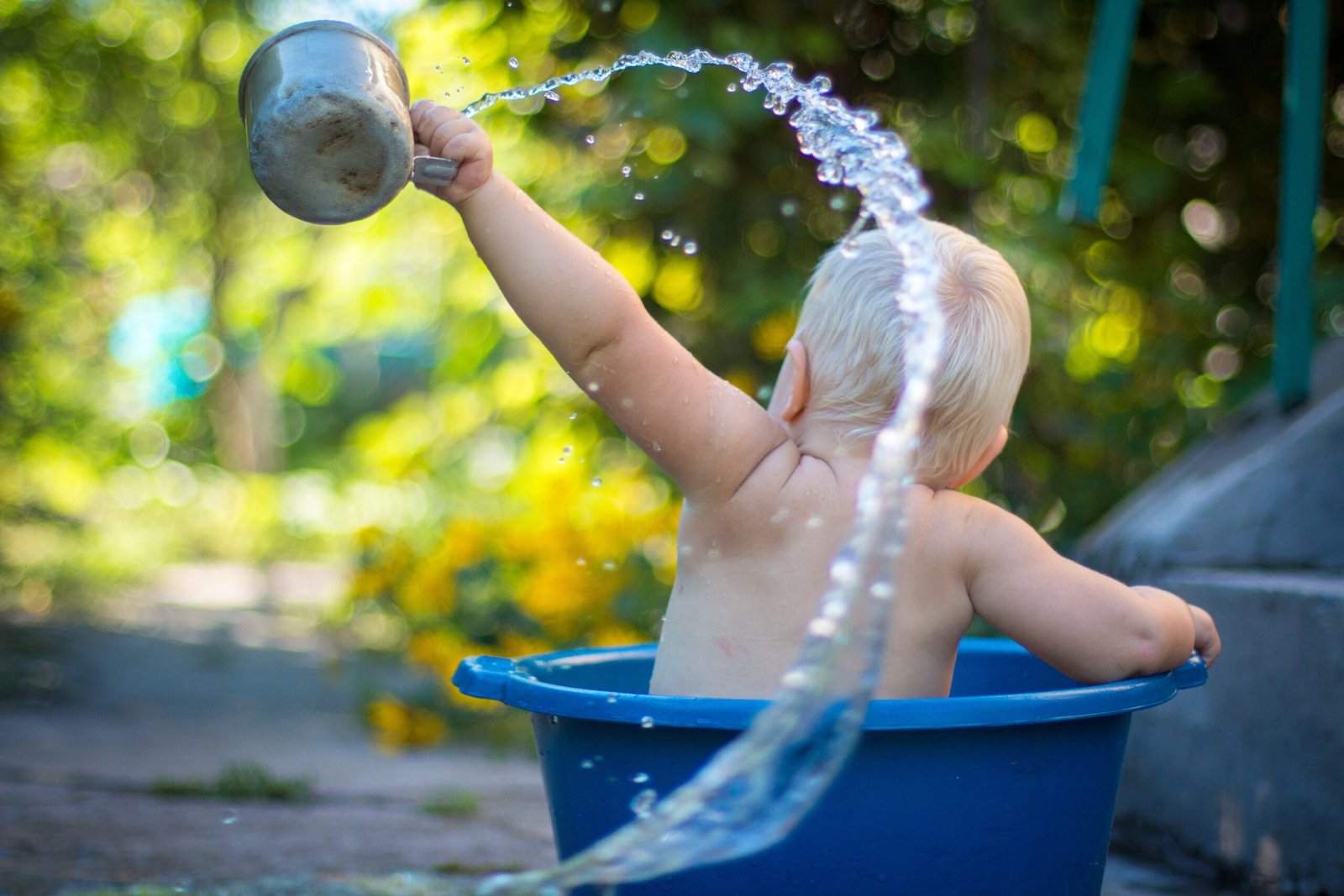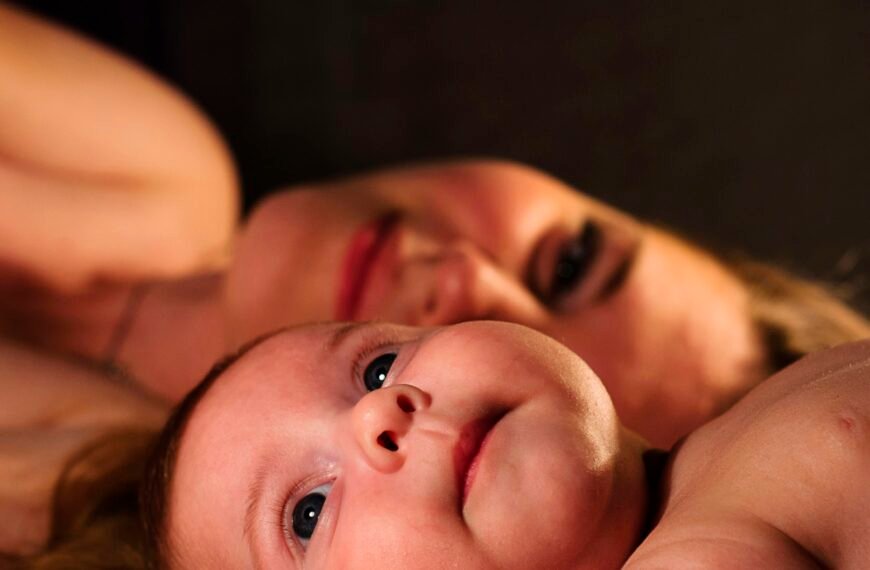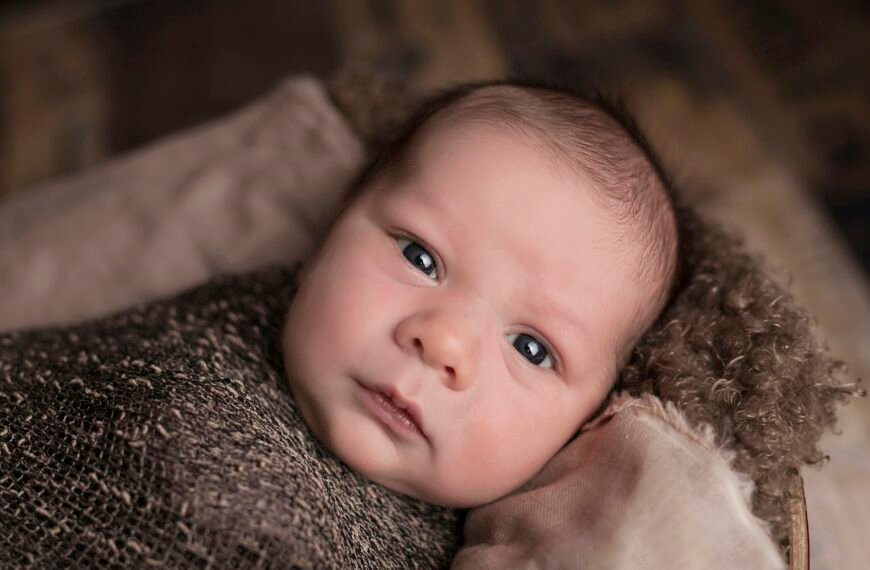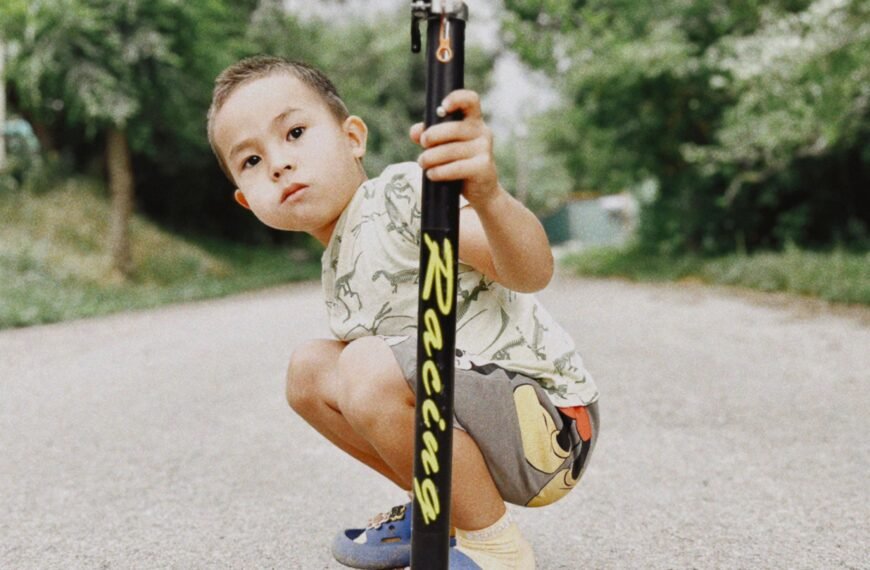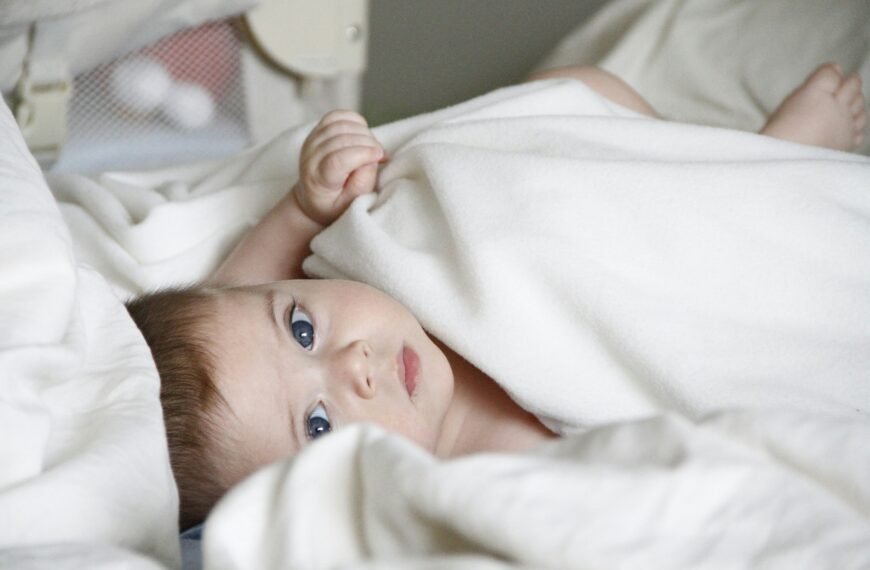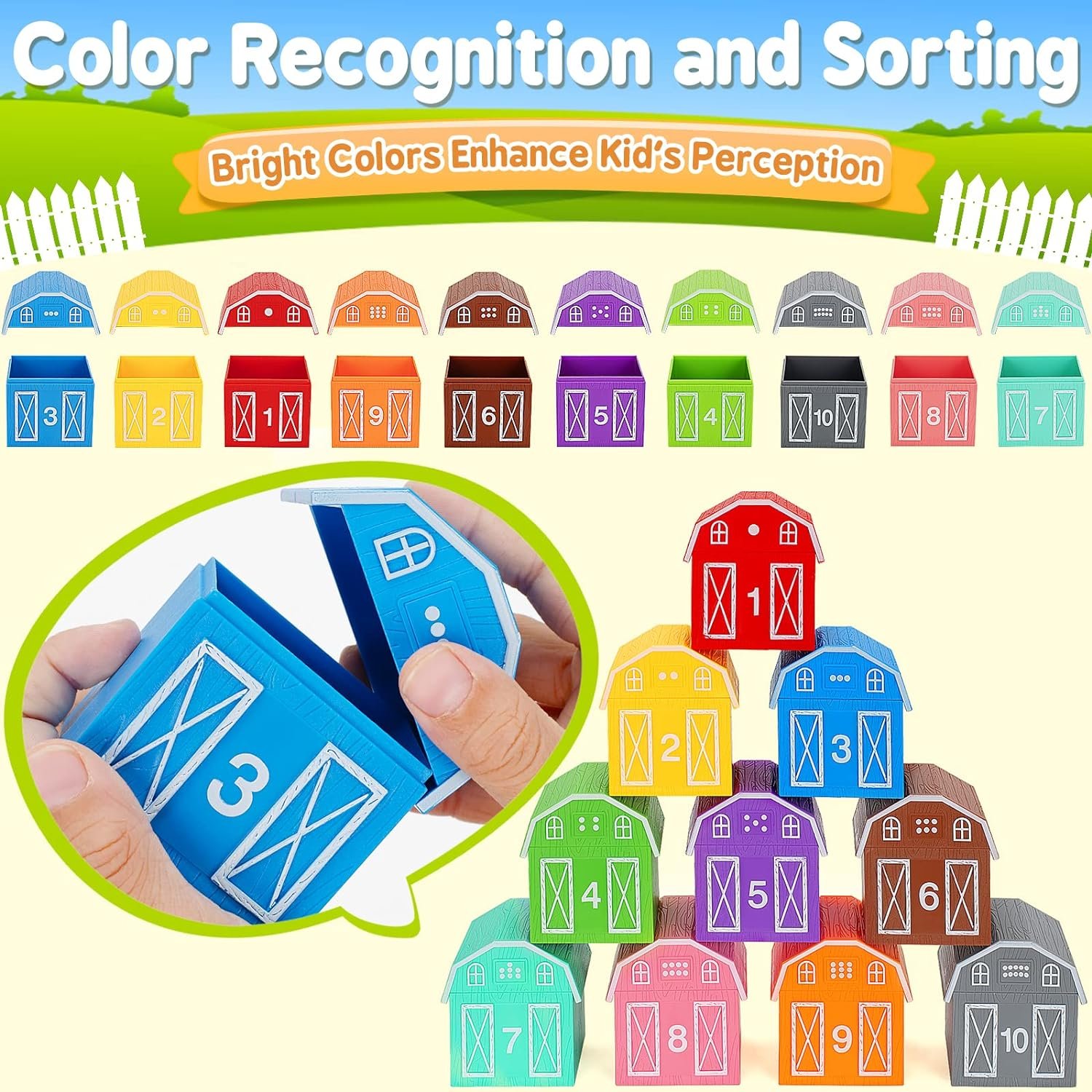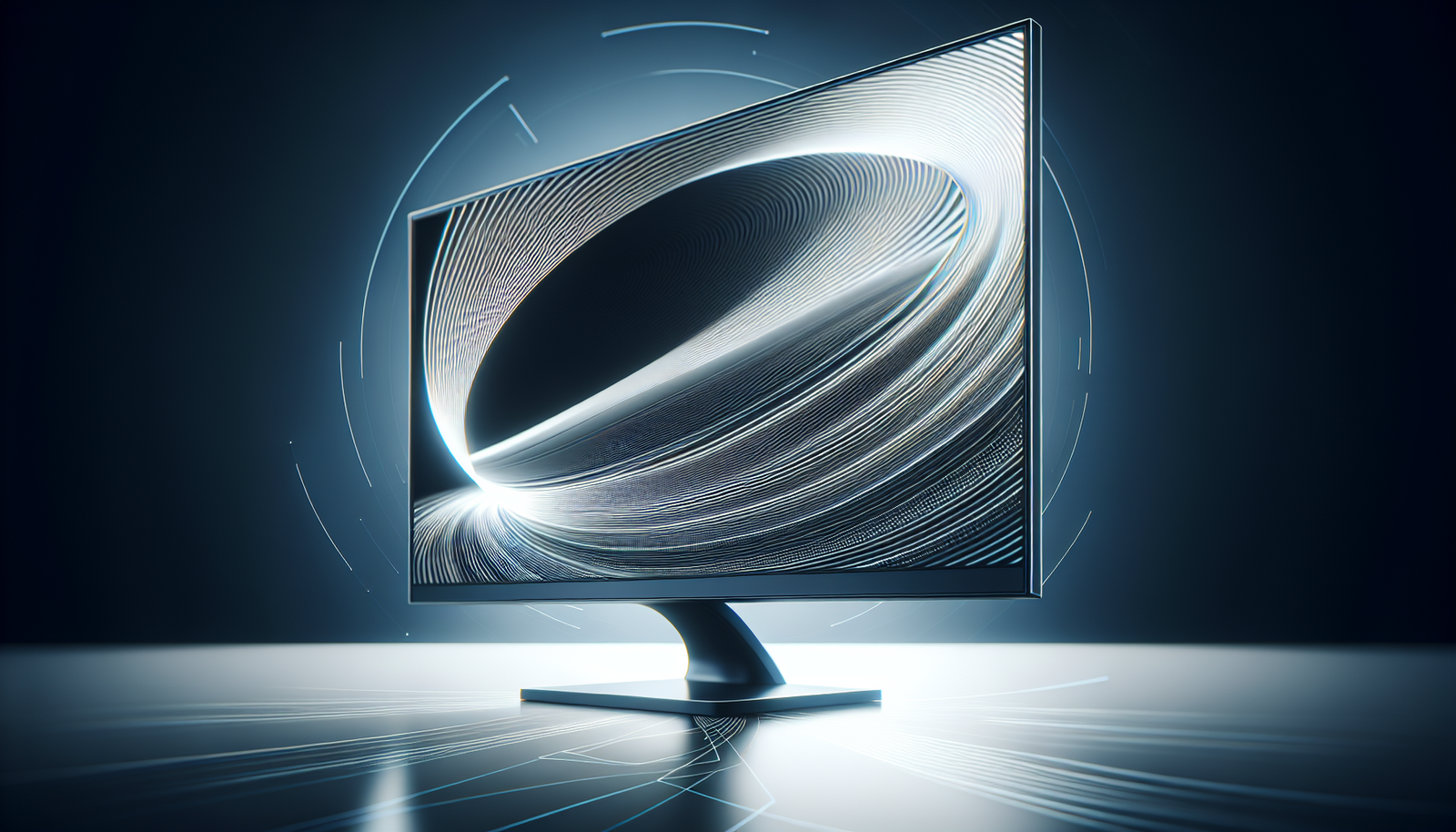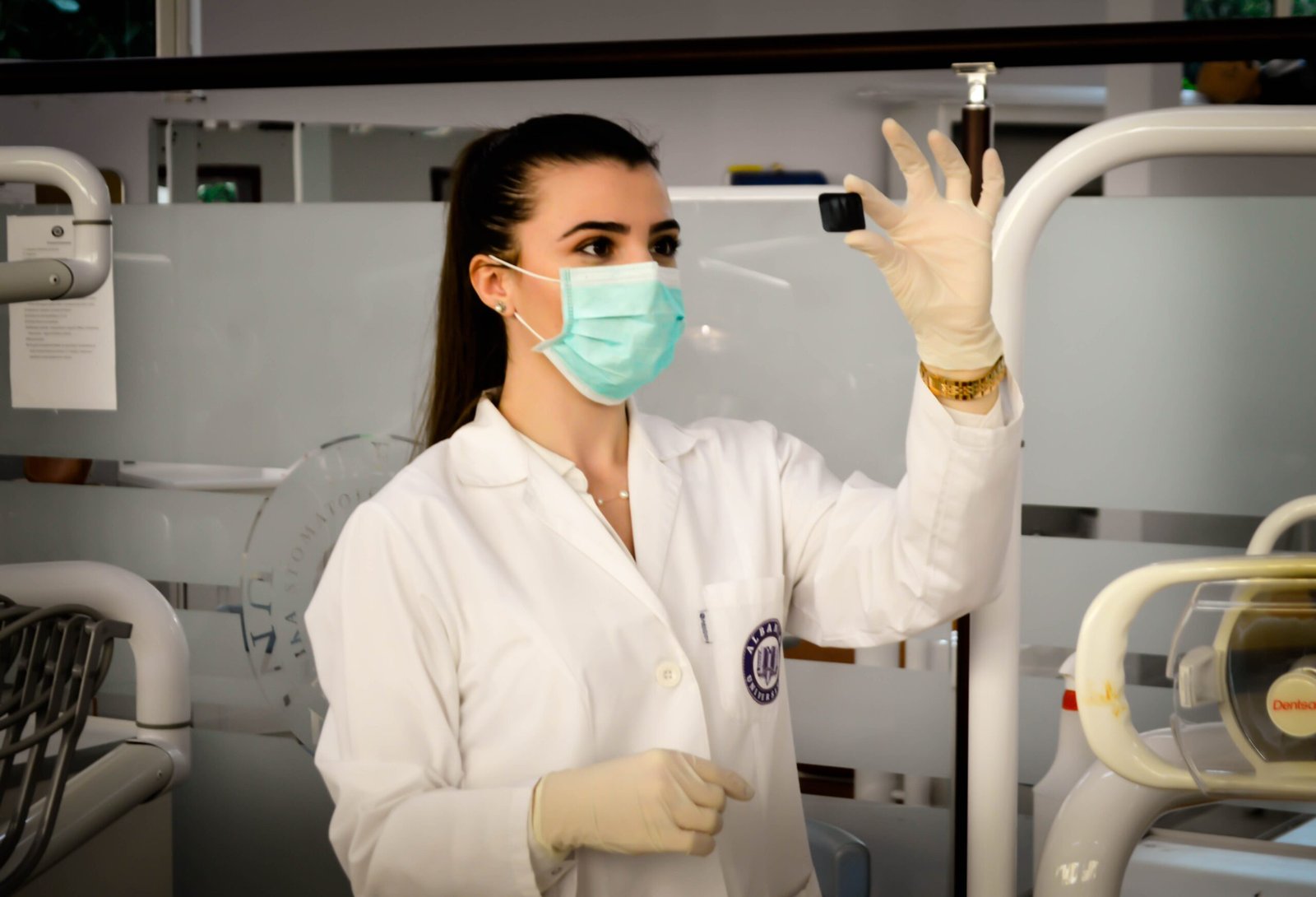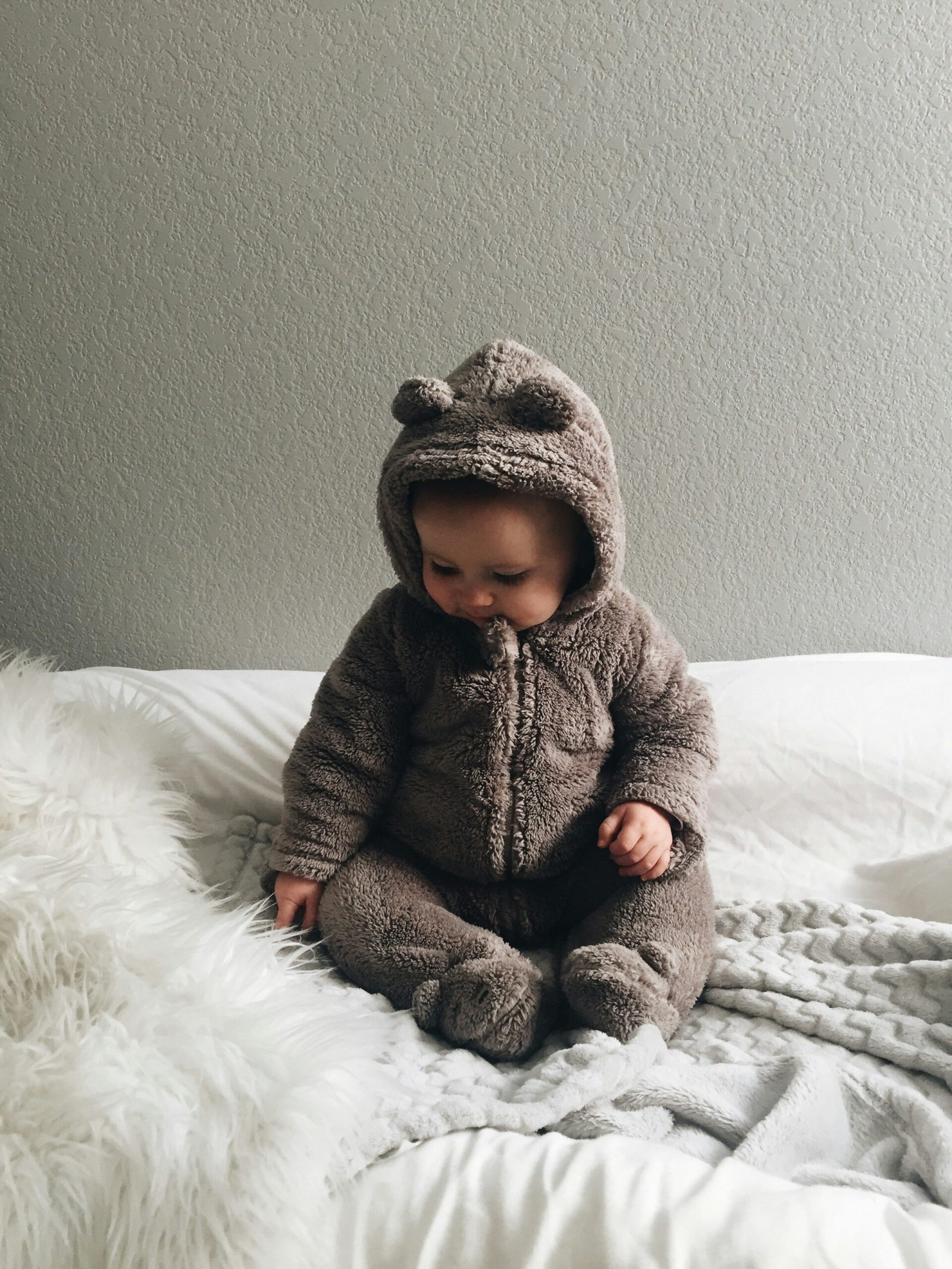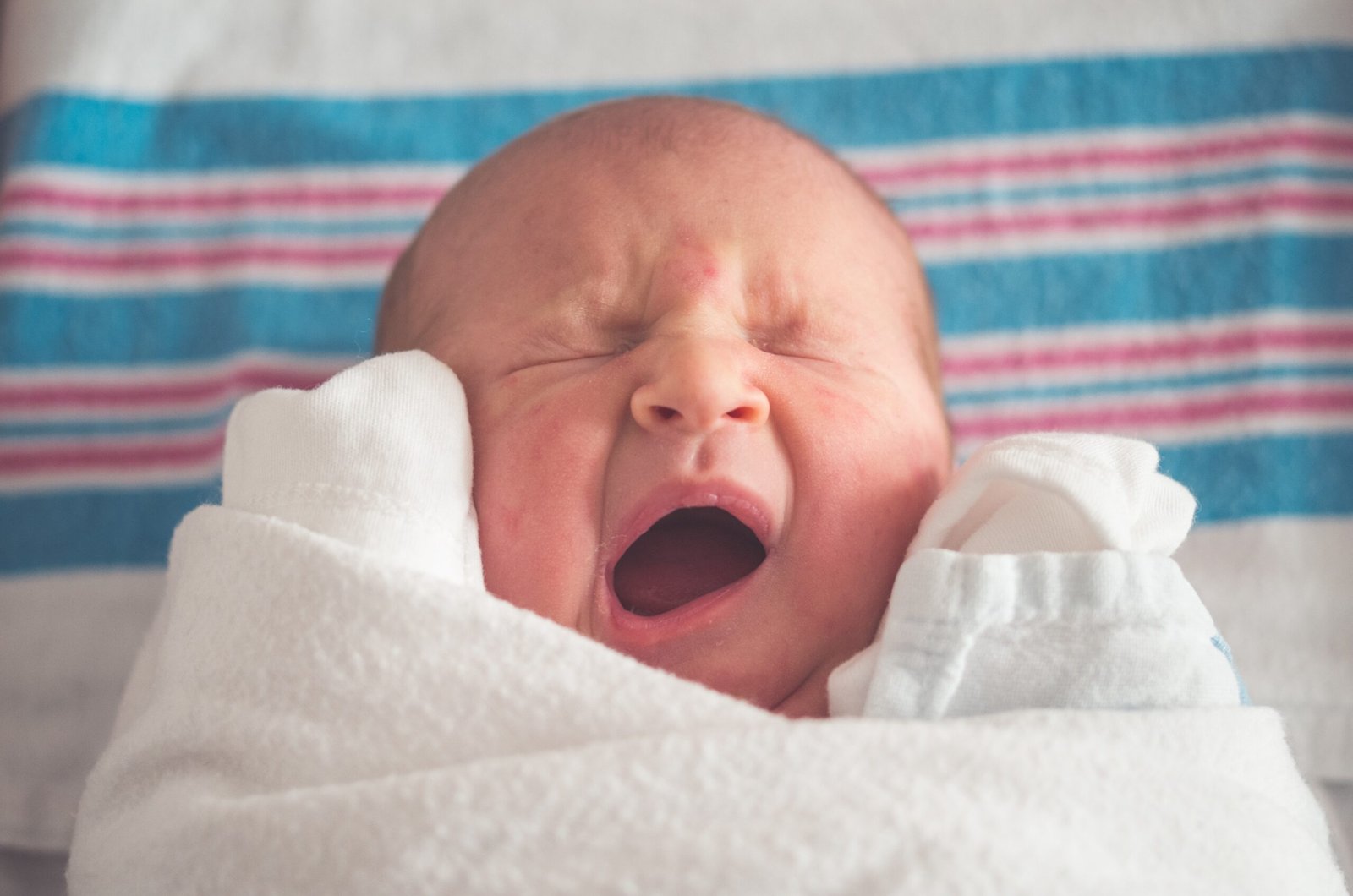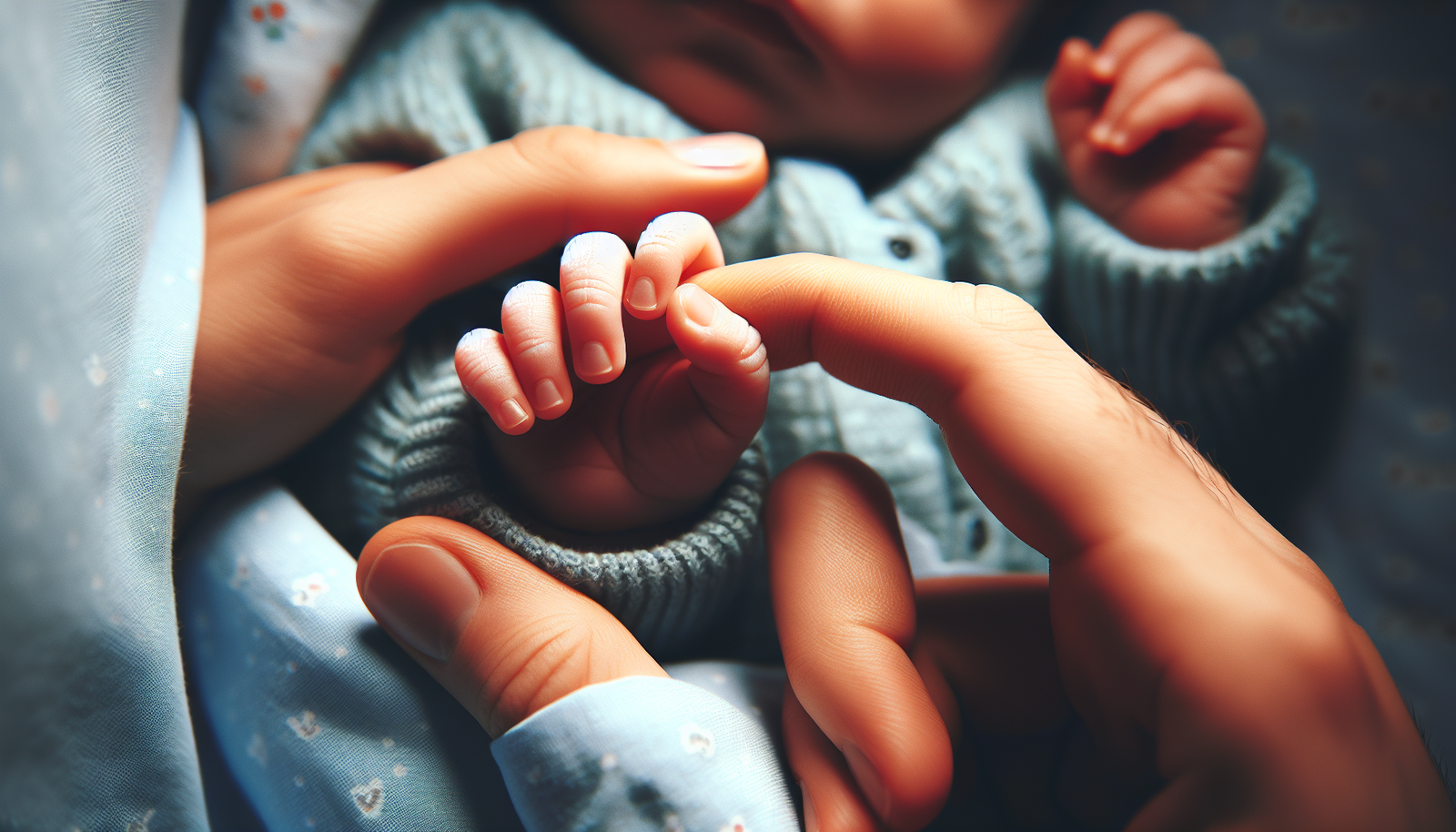Keeping your baby’s toys clean is always important, but even more so in the aftermath of the Covid pandemic. With concerns about hygiene and sanitation at an all-time high, it’s crucial to ensure that your little one’s toys are germ-free. In this article, we will explore some simple and effective methods to clean baby toys after Covid, helping you provide a safe and healthy environment for your child to play and explore. From disinfectant wipes to hot soapy water, we’ve got you covered with easy-to-follow tips and guidelines. So, let’s dive in and learn how to keep those toys sparkling clean!
How to Clean Baby Toys After Covid
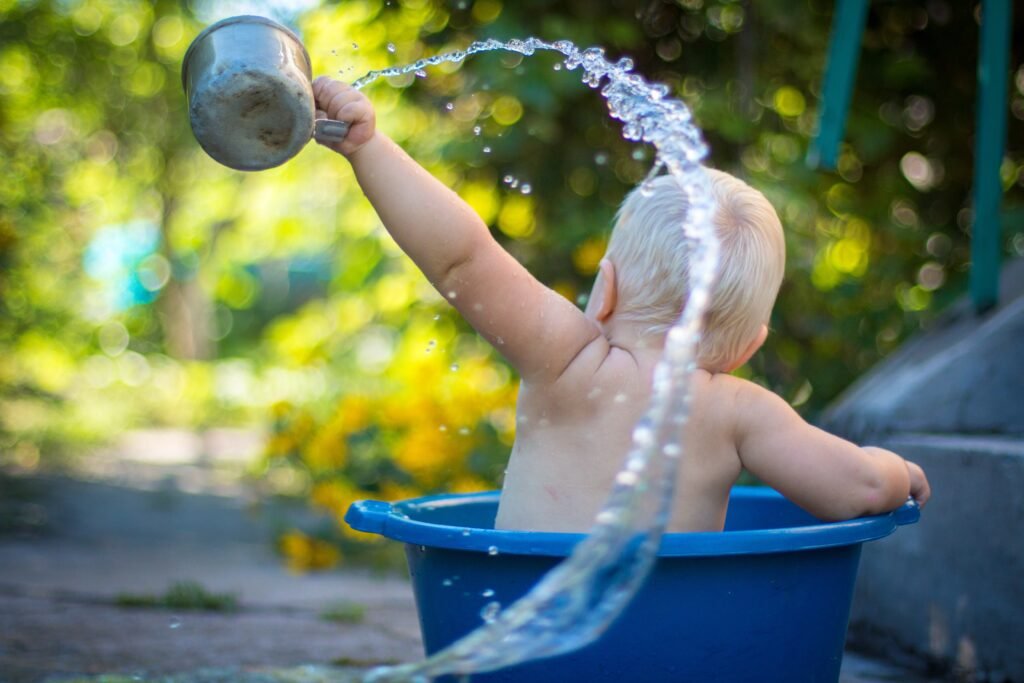
Check Baby Toys Guide & Review
Understanding the Importance of Toy Cleaning
As a parent, you understand the importance of keeping your baby safe and healthy. In the midst of the Covid-19 pandemic, it has become even more crucial to maintain cleanliness and hygiene not only for ourselves but also for our little ones. Baby toys, in particular, can harbor germs and bacteria, making them potential sources of infection. Therefore, it is essential to learn how to clean baby toys properly to ensure the safety and well-being of your child.
Different Types of Baby Toys and Their Cleaning Requirements
Baby toys come in various materials, and each material requires specific cleaning methods to ensure effective disinfection. It is important to familiarize yourself with the different types of baby toys you have and their corresponding cleaning requirements. The most common types of baby toys include plastic toys, wooden toys, fabric toys, rubber/silicone toys, bath toys, and electronic toys. By understanding the specific cleaning guidelines for each type, you can confidently clean your baby’s toys after a long day of play.
Preparing for Toy Cleaning
Before diving into toy cleaning, it is essential to gather all the necessary supplies. You will need warm water, mild detergent or baby soap, a soft cloth or sponge, a toothbrush, and vinegar or disinfecting wipes for certain materials. Ensure that these cleaning materials are readily available so that you can efficiently clean and disinfect your baby’s toys without any delays.
Cleaning Guidelines for Plastic Toys
Plastic toys are commonly found in every nursery or playroom. They are easy to clean and maintain, making them a popular choice for parents. To clean plastic toys, start by removing any visible dirt or grime by wiping them with a soft cloth or sponge soaked in warm soapy water. For hard-to-reach areas, use a toothbrush to scrub gently. Rinse the toys thoroughly with clean water and allow them to air dry. In case the plastic toys are dishwasher-safe, you may choose to run them through a gentle cycle in the dishwasher.
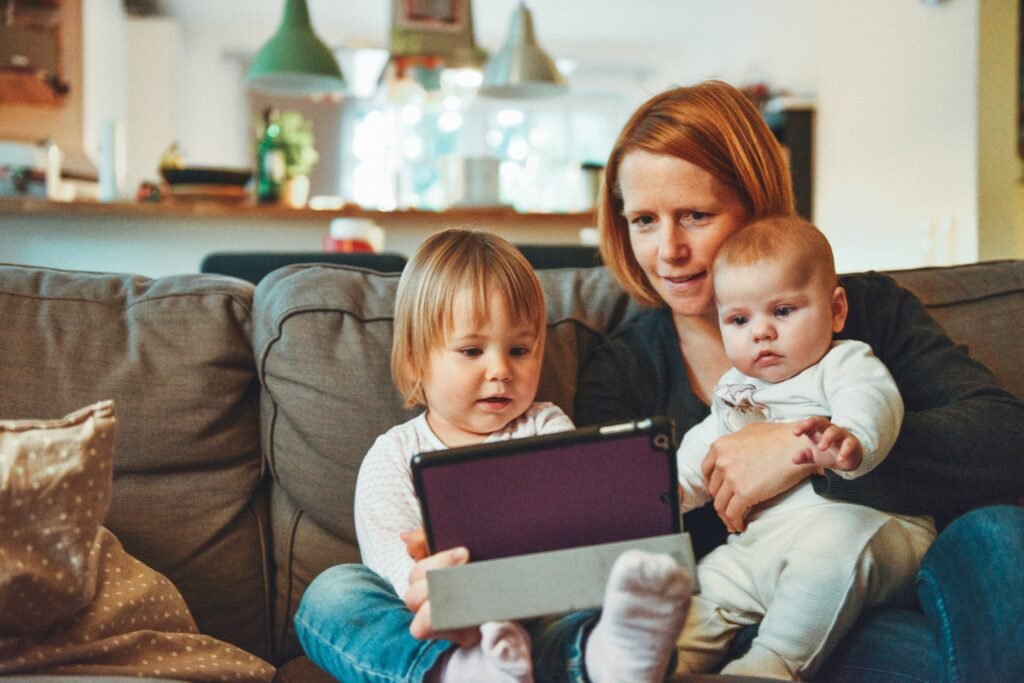
Cleaning Guidelines for Wooden Toys
Wooden toys have a natural and organic charm that many parents adore. However, cleaning wooden toys requires a bit more care to prevent damage. To clean wooden toys, begin by wiping away any dirt or debris with a soft cloth or sponge dampened with warm soapy water. Avoid soaking wooden toys or using excessive water to prevent warping or cracking. After cleaning, rinse the toys with a clean, damp cloth and allow them to air dry completely. It is important to note that disinfecting wooden toys may not be suitable as certain disinfectants can be harmful to the material.
Cleaning Guidelines for Fabric Toys
Fabric toys, such as plushies and soft dolls, can be prone to accumulating dirt, allergens, and even mold if not cleaned regularly. To clean fabric toys, start by checking the care label for any specific instructions. Many fabric toys can be safely machine-washed on a gentle cycle using a mild detergent. For toys that cannot be machine-washed, spot cleaning is the best option. Mix warm water with a small amount of baby soap and gently scrub the toy using a soft cloth or sponge. Rinse the toy thoroughly and allow it to air dry, avoiding direct sunlight.
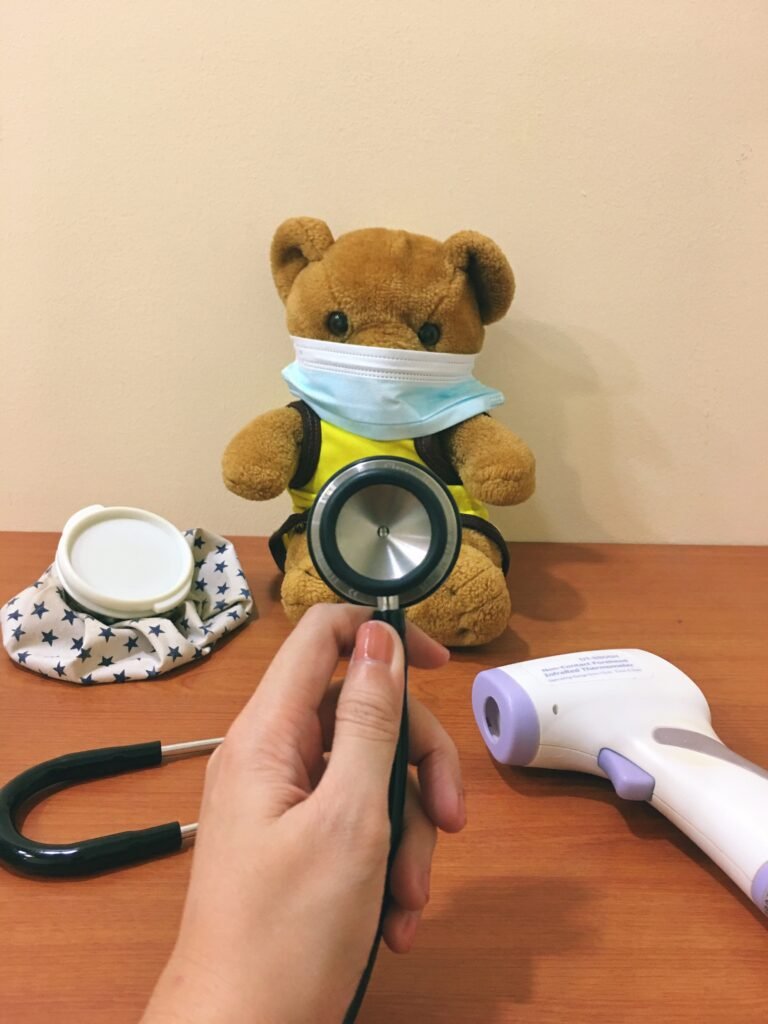
Cleaning Guidelines for Rubber/Silicone Toys
Rubber and silicone toys, including teething toys and pacifiers, are popular choices for babies. To clean these types of toys, wash them thoroughly using warm soapy water, making sure to clean all the crevices and ridges. Rinse the toys with clean water and pat them dry with a clean towel. For added disinfection, you can soak the toys in a mixture of water and vinegar for a few minutes before rinsing and drying them. It is important to note that some rubber/silicone toys may be dishwasher-safe, but always check the manufacturer’s instructions to be sure.
Cleaning Guidelines for Bath Toys
Bath time is a fun experience for babies, and bath toys can often be their favorite companions. However, due to being exposed to water frequently, they can provide a breeding ground for mold and mildew. To clean bath toys, start by squeezing out any excess water and inspecting them for any signs of mold. If you notice mold, it’s important to discard the toys. For regular cleaning, soak the bath toys in warm soapy water and use a toothbrush to scrub away any dirt or residue. Rinse the toys thoroughly and allow them to air dry completely before storing them.
Cleaning Guidelines for Electronic Toys
Electronic toys can be a bit trickier to clean due to their sensitive components. Before cleaning electronic toys, always consult the manufacturer’s instructions and follow their specific cleaning guidelines. In most cases, using a soft cloth or sponge dampened with warm soapy water should suffice for cleaning the exterior of the toy. Avoid submerging or exposing electronic parts to excessive moisture as it can damage the toy. For added disinfection, you can wipe the exterior surface of the toy with disinfecting wipes or a cloth soaked in a mild disinfectant solution, making sure to follow the recommended contact time.
Disinfecting Toys Safely
While regular cleaning is crucial, it may not always guarantee complete elimination of germs and bacteria. Therefore, it is essential to incorporate disinfection into your toy cleaning routine. To safely disinfect your baby’s toys, you can use a mixture of water and vinegar or a mild disinfectant solution, following the manufacturer’s instructions. It is important to note that not all toys can withstand harsh disinfectants, so always check the material and manufacturer’s recommendations before disinfecting. Additionally, allow the toys to air dry completely before giving them back to your baby to ensure any residual disinfectant has evaporated.
By following these comprehensive cleaning guidelines, you can confidently clean and disinfect your baby’s toys after the Covid-19 pandemic. Remember to clean and disinfect toys regularly, especially if your little one shares toys with other children or if they have been sick. Prioritizing cleanliness and hygiene will help protect your baby from potential infections and ensure their safety and well-being during playtime.

